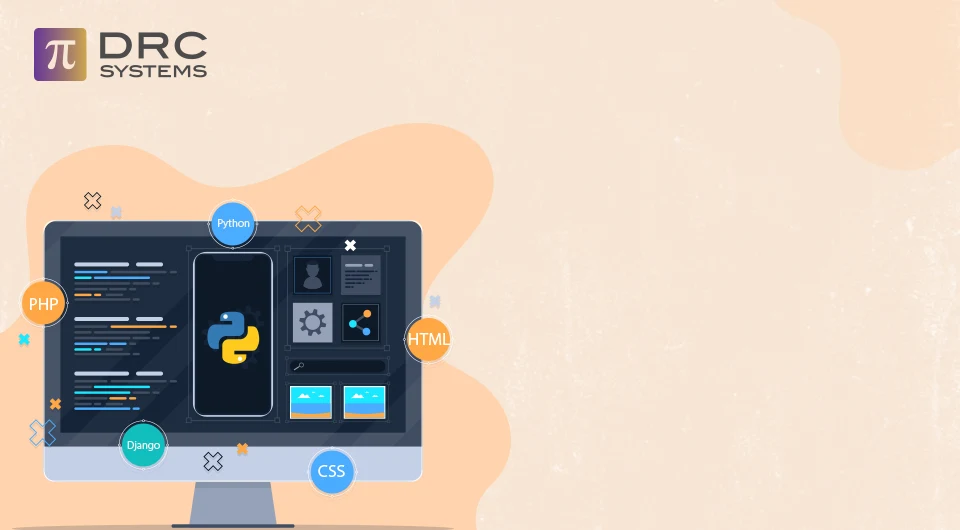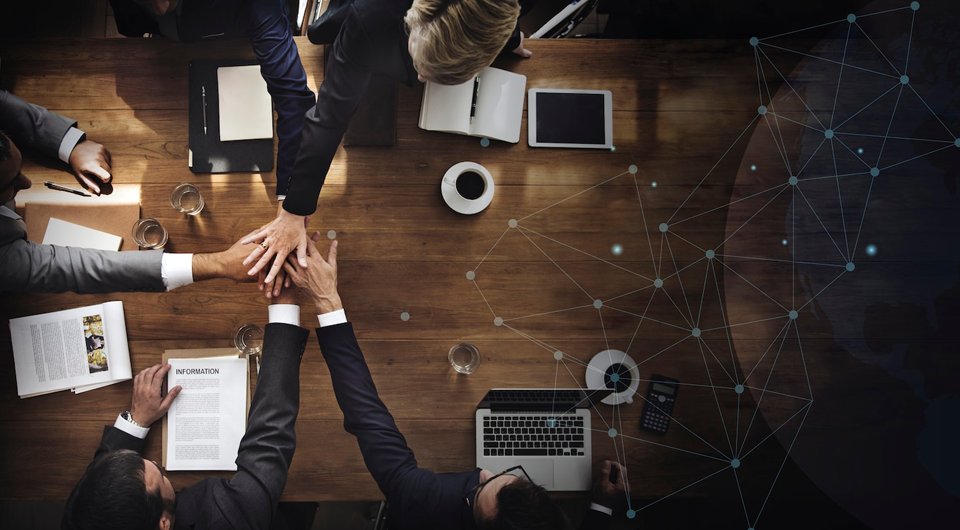Related Articles
How to Outsource Java Development in 2023: A complete guide
Choosing the right java development company for outsourcing your project will make all the difference. Here is how you can do that.
Read The PostAngular vs React 2021: Which JS Framework To Select For Your Project?
Angular and React are widely used JavaScript frameworks. Here’s the ultimate comparison to help you choose the right one for your project.
Read The PostThe Benefits of Enterprise Solutions for Businesses and Their Types
Discover how enterprise solutions can benefit your business and which types are best suited for your business model.
Read The Post


